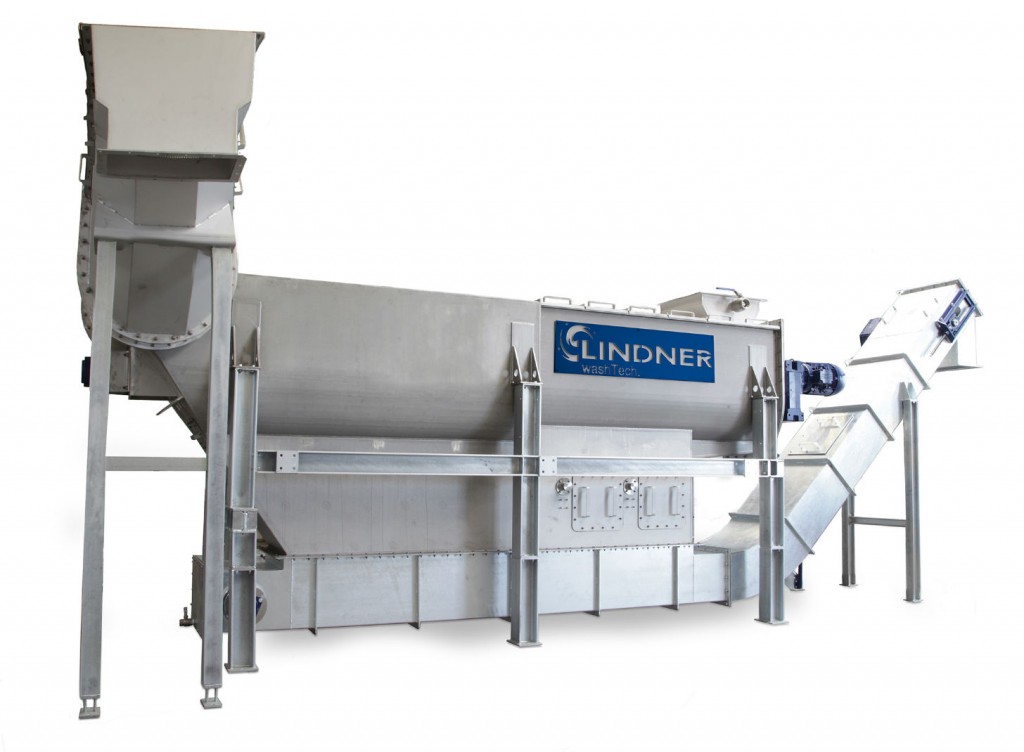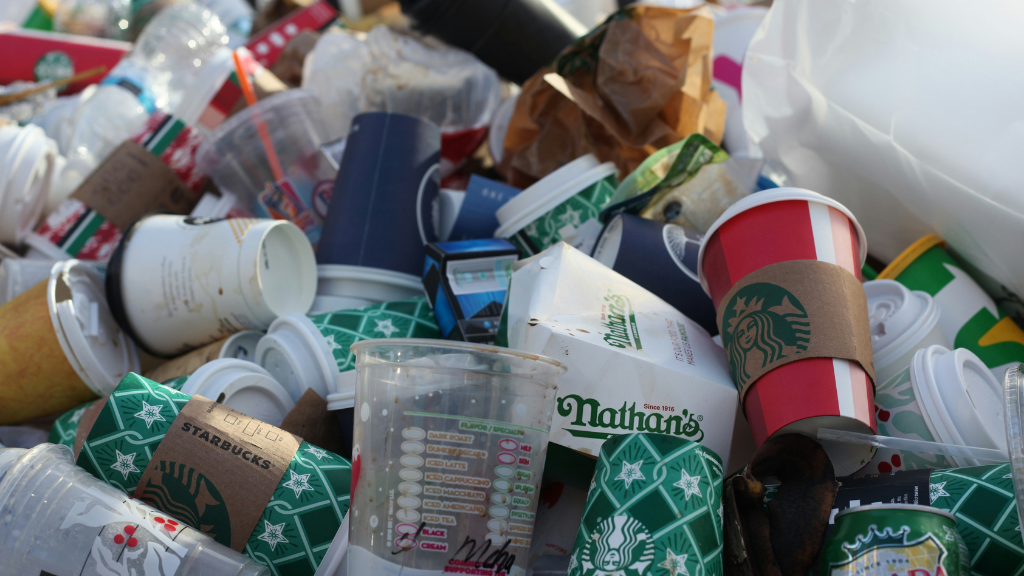Rafter System provides compact, efficient cleaning of highly-contaminated, pre-shredded plastic waste
In conjunction with wet shredder, Rafter a new generation of plastic washing equipment

With its new Rafter system, Lindner washTech presents a gentle yet highly efficient solution for the thorough cleaning of highly-contaminated, pre-shredded plastic waste – e.g. packaging, bottles or film – by removing extraneous material and pre-washing the charge in one single step. In conjunction with another Lindner novelty, the wet shredder Micromat WS, this machine marks the rise of a new generation of plastic washing equipment of more compact design and superior economic efficiency.
The cleaning process performed in the Rafter comprises three phases. First, a special conveyor screw pulls the contaminated material under the water surface so that heavy contaminations such as metals, stones or glass can precipitate in a calm initial step. In a second phase, particles adhering to the plastic such as sand, soil or other contaminants are removed by a paddled rotor. The rotor's rotational speed (r.p.m.) can be adapted to the degree of contamination, thus providing direct control of the cleanliness achieved. This step is performed in a stationary drum, with floating and precipitated particles being separated by means of plate screens. Upon completion of the washing cycle, the pre-cleaned waste rises to the surface again from where it is delivered to the following process steps by a feed screw. The separated extraneous materials and removed contaminants are discharged by an optional chain-type scraper conveyor.
With a nominal throughput of 1,500 to 2,500 kg/h the Rafter matches the capacity of today's recycling lines. It thus supports continuous in-line reconditioning of plastic waste all the way to the finished granulated recyclate or recycled film, respectively. The machine's actual throughput can be adapted perfectly to the pace of upstream and downstream equipment by means of a frequency converter. Moreover, the Rafter is particularly cost-efficient to operate thanks to its energy-optimized drive system and a water demand of only 3 to 10 m³/h.
Harald Hoffmann, Managing Director at Lindner washTech, comments: "By integrating the Rafter into a recycling line to pre-wash the plastic waste, operators gain an effective and also economical method of reducing wear in downstream reconditioning equipment and hence, boosting the line's cost efficiency as a whole. Moreover, all systems in Lindner's innovative washing system portfolio are distinguished by a characteristic, exceptionally rugged design. This feature, in conjunction with the use of stainless steel for water-wetted parts, contribute to a high long-term system availability and low maintenance needs."


